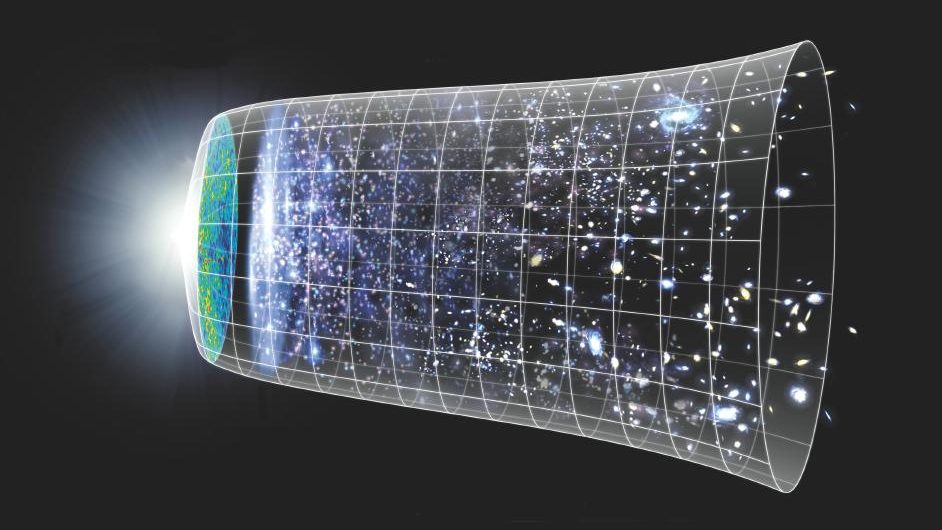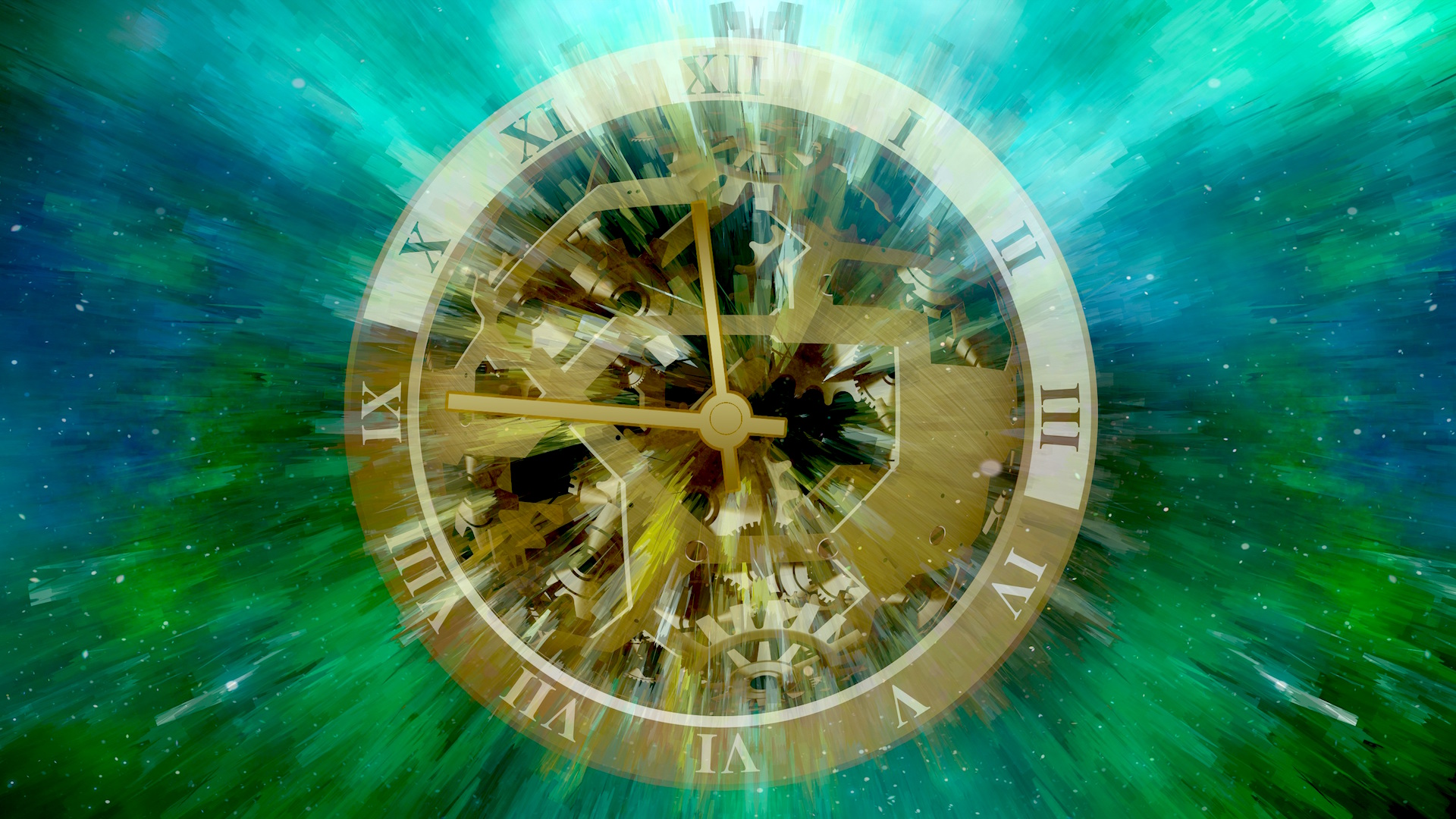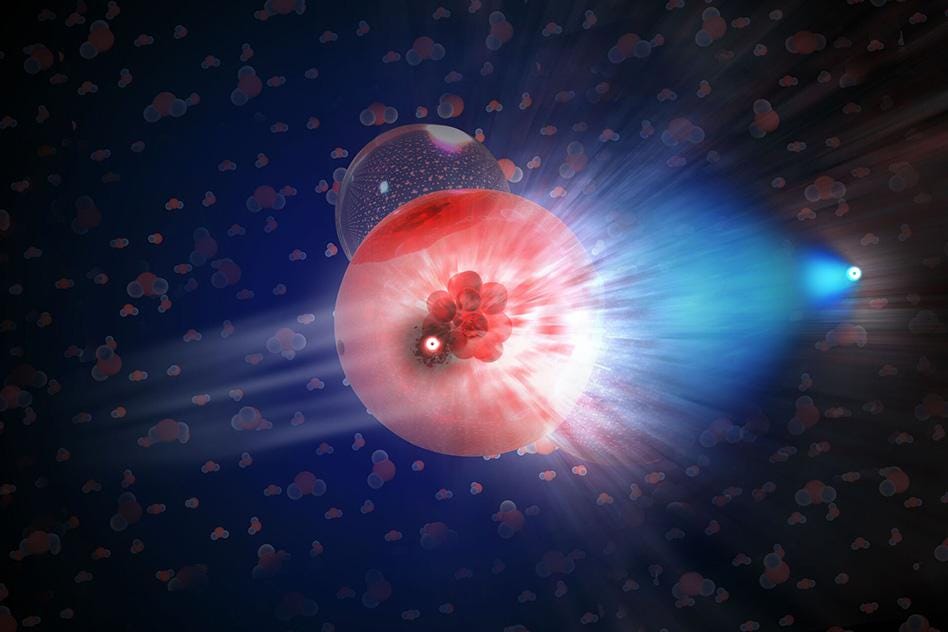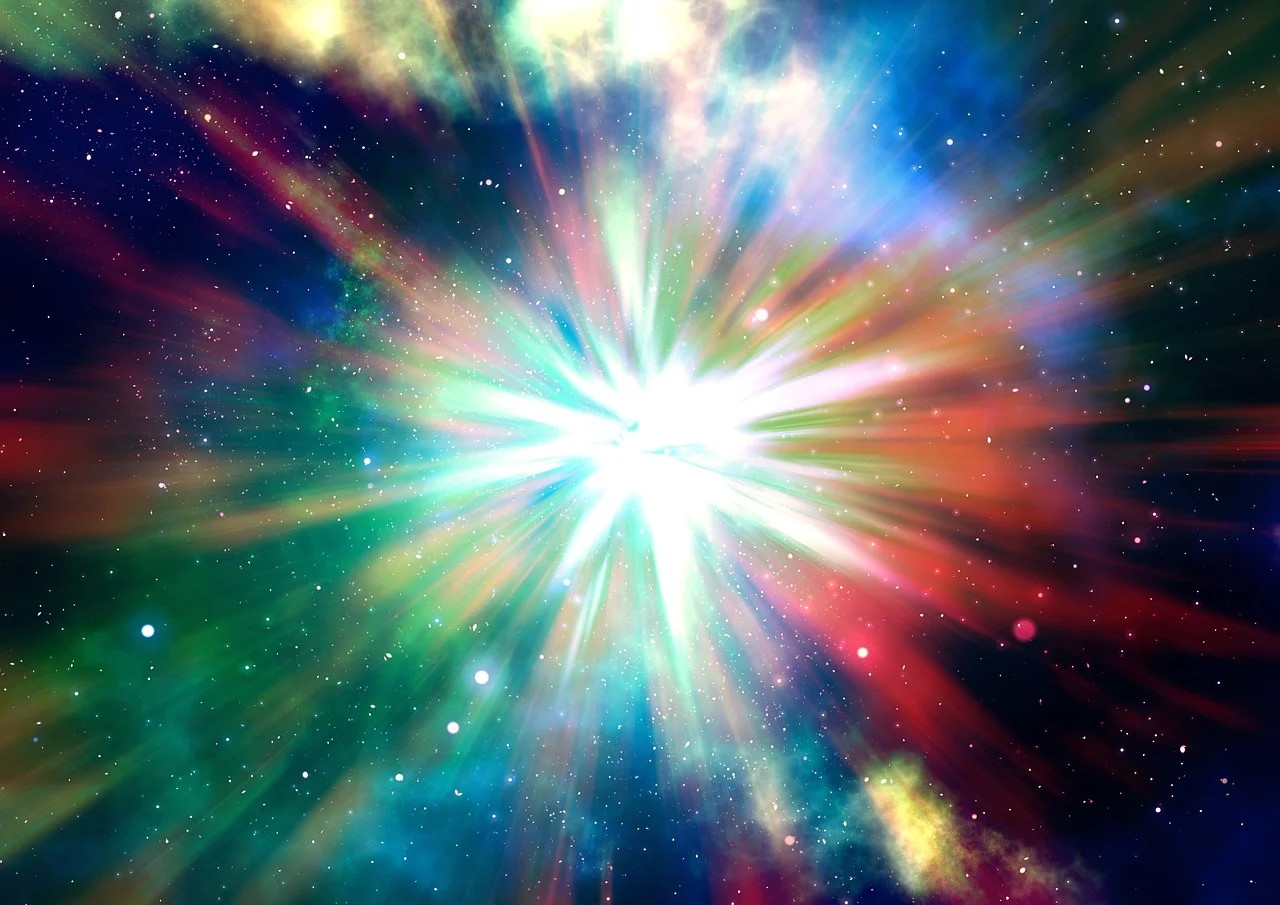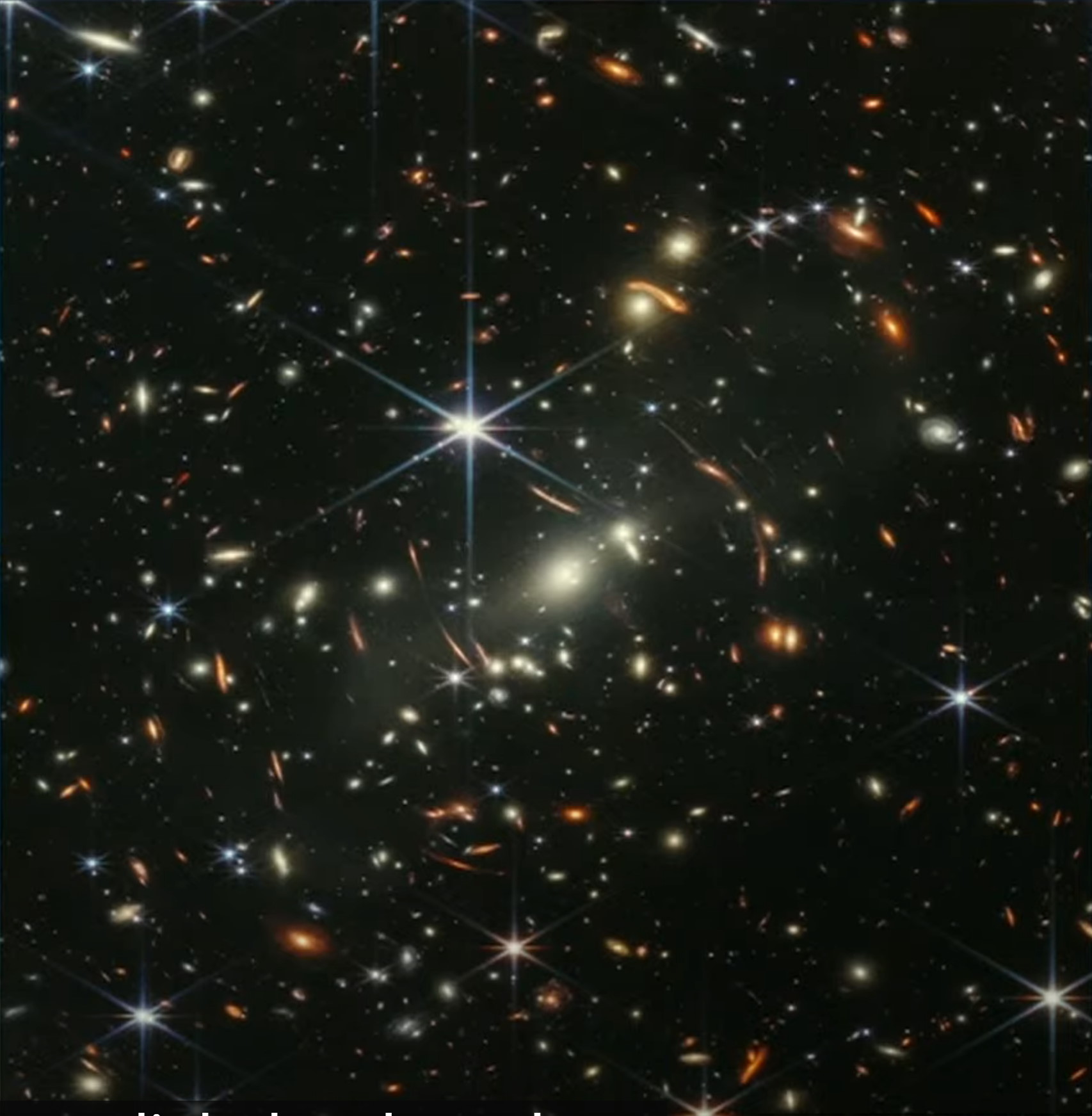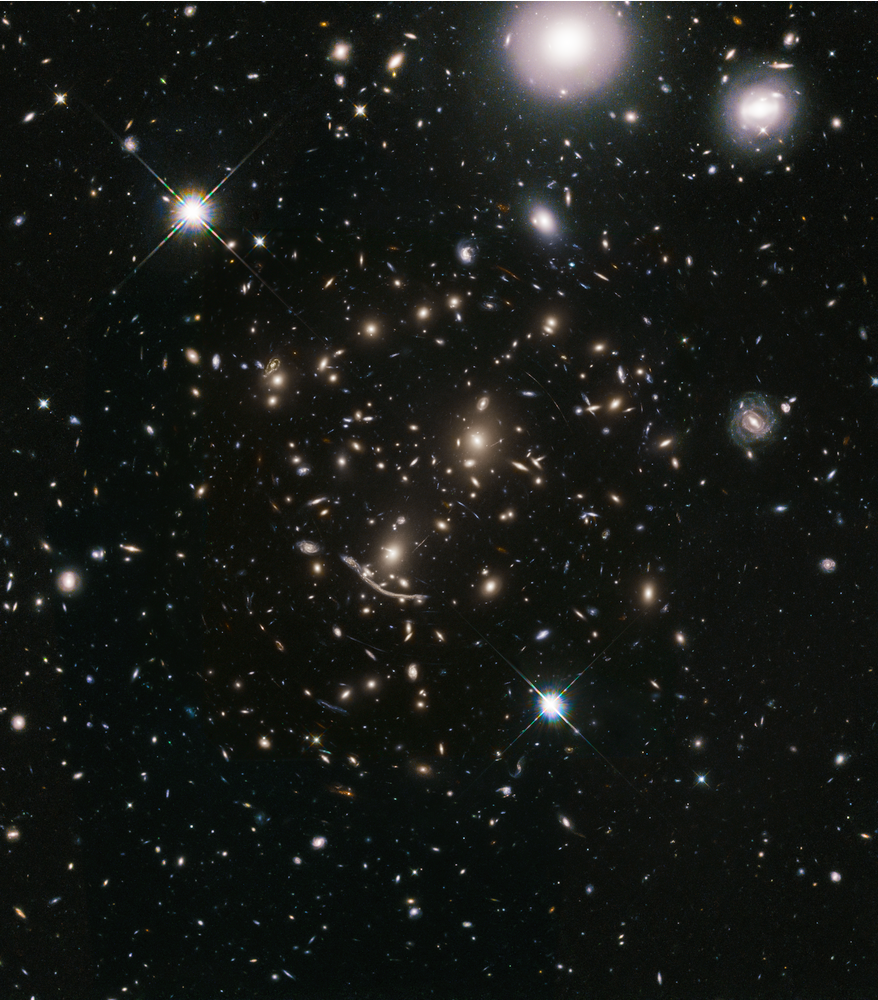
The Universe is out there, waiting for you to discover it.
Our mission: to answer, scientifically, the biggest questions of all.
- What is our Universe made of?
- How did it become the way it is today?
- Where did everything come from?
- What is the ultimate fate of the cosmos?
For countless generations, these were questions without resolutions. Now, for the first time in history, we have scientific answers. Starts With A Bang, written by Dr. Ethan Siegel, brings these stories — of what we know and how we know it — directly to you.
Get Starts With A Bang in your inbox
Featured
Why power generated through nuclear fusion will be the future, but not the present, solution to humanity’s energy needs.
It’s a strange idea to consider: that a tiny building block of matter, the atomic nucleus, holds the greatest potential for energy release.
And yet, it’s true; while electron transitions in atoms or molecules typically release energy on the order of ~1 electron-Volt, nuclear transitions between different configurations release energies a million times as great, on the order of ~1 Mega-electron-Volt.
Popular
From before the Big Bang to the present day, the Universe goes through many eras. Dark energy heralds the final one.
A wild, compelling idea without a direct, practical test, the Multiverse is highly controversial. But its supporting pillars sure are stable.
The surface and atmosphere is colored by ferric oxides. Beneath a very thin layer, mere millimeters deep in places, it’s not red anymore.
The first supernova ever discovered through its X-rays has an enormously powerful engine at its core. It’s unlike anything ever seen.
Just 13.8 billion years after the hot Big Bang, we can see 46.1 billion light-years away in all directions. Doesn’t that violate…something?
All Stories
The anthropic principle has fascinating scientific uses, where the simple fact of our existence holds deep physical lessons. Don’t abuse it!
The game of Plinko perfectly illustrates chaos theory. Even with indistinguishable initial conditions, the outcome is always uncertain.
At their cores, stars can reach many millions or even billions of degrees. But even that doesn’t touch the hottest of all.
There’s an extra source of massive “stuff” in our Universe beyond what gravitation and normal matter can explain. Could light be the answer?
If you have an old TV set with the “rabbit ear” antennae, and you set it to channel 03, that snowy static can reveal the Big Bang itself.
Unless you have a critical mass of heavy elements when your star first forms, planets, including rocky ones, are practically impossible.
The whole isn’t greater than the sum of its parts; that’s a flaw in our thinking. Non-reductionism requires magic, not merely science.
There’s an extremely good chance that there is, or at least was, life on Mars. But is it native to Mars, or did it originate from Earth?
In all the Universe, only a few particles are eternally stable. The photon, the quantum of light, has an infinite lifetime. Or does it?
Dark matter has never been directly detected, but the astronomical evidence for its existence is overwhelming. Here’s what to know.
With a telescope at just the right distance from the Sun, we could use its gravity to enhance and magnify a potentially inhabited planet.
We only detected our very first gravitational wave in 2015. Over the next two decades, we’ll have thousands more.
We knew we’d find galaxies unlike any seen before in its first deep-field image. But the other images hold secrets even more profound.
There are so many problems, all across planet Earth, that harm and threaten humanity. Why invest in researching the Universe?
Ever since the start of the hot Big Bang, time ticks forward as the Universe expands. But could time ever run backward, instead?
Searching for dark matter, the XENON collaboration found absolutely nothing out of the ordinary. Here’s why that’s an extraordinary feat.
Even though the leftover glow from the Big Bang creates a bath of radiation at only 2.725 K, some places in the Universe get even colder.
We live in a four-dimensional Universe, where matter and energy curve the fabric of spacetime. But time sure is different from space!
There’s a speed limit to the Universe: the speed of light in a vacuum. Want to beat the speed of light? Try going through a medium!
Even at its faintest, Venus always outshines every other star and planet that’s visible from Earth, and then some!
Take a peek at the pre-release images used to calibrate and commission JWST’s coldest instrument, now ready for full science operations.
It started with a bang, but won’t end with one. Instead, it will “rage against the dying of the light” like nothing you’ve ever imagined.
Even with only 12.5 hours of exposure time, James Webb’s first deep-field image taught us lessons we’ve never realized before.
Now that it’s fully commissioned, the James Webb Space Telescope begins its exploration of the Universe. Here are its first science images!
With its very first deep-field view of the Universe now released, the James Webb Space Telescope has shown us our cosmos as never before.
The James Webb Space Telescope has chosen 5 targets for its first science release. Here’s what we know on the eve of JWST’s big reveal!
The neutrino is the most ghostly, rarely-interacting particle in all the Standard Model. How well can we truly make “beams” out of them?
Such massive, early supermassive black holes have puzzled astronomers for decades. At last, we’ve finally figured out how they form.
The way to understand the earliest moments of creation is to recreate those conditions and study them. Why would we stop now?
It’s the origin of our entire observable Universe, but it’s still not the very beginning of everything.




